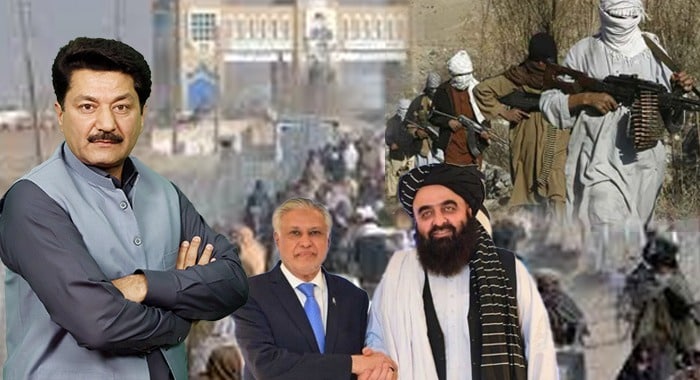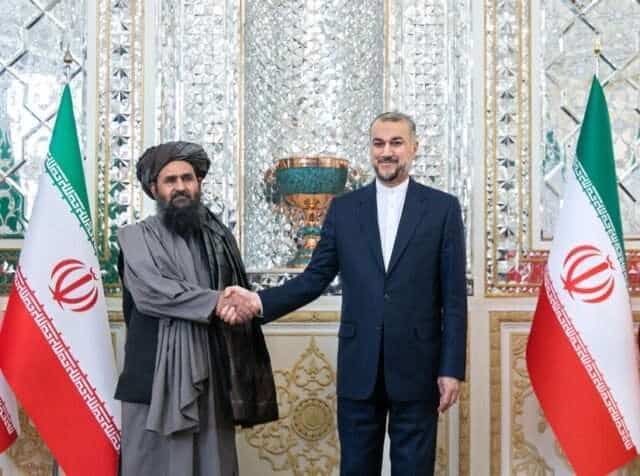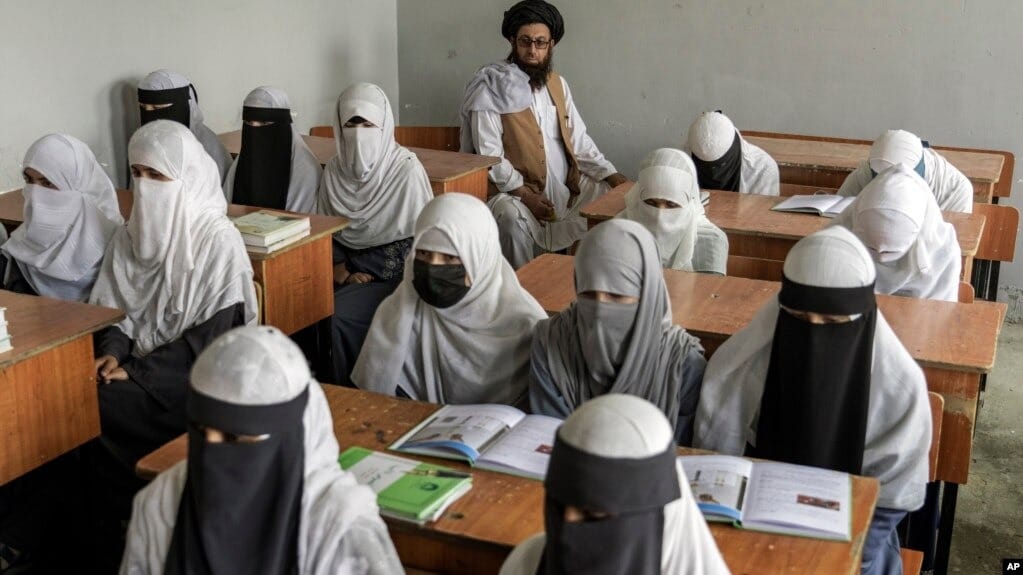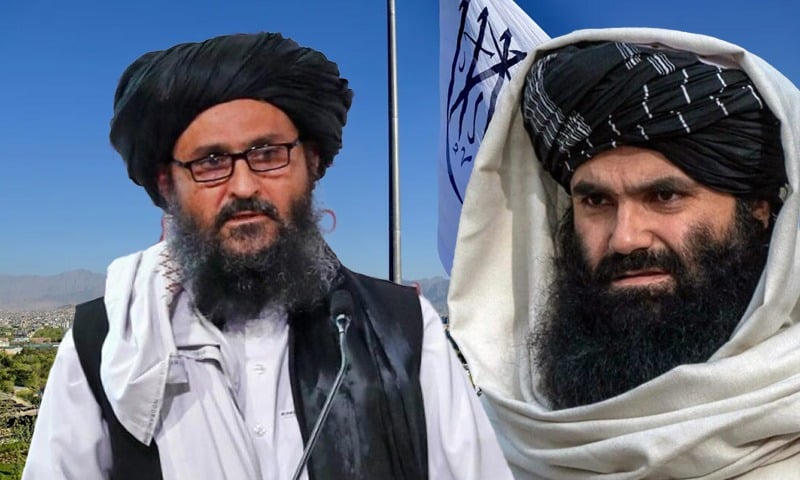Deputy Prime Minister and Foreign Minister Ishaq Dar’s recent one-day visit to Kabul is being seen by many as a diplomatic attempt to thaw tense relations between Pakistan and Afghanistan. But expecting too much from a single-day trip involving just three high-level meetings may be unrealistic.
Dar’s engagements with Afghan Prime Minister Mullah Mohammad Hassan Akhund, Deputy PM Abdul Salam Hanafi, and Foreign Minister Amir Khan Muttaqi focused mainly on trade, the status of Afghan refugees in Pakistan, and regional security. While some diplomatic progress was made—particularly around transit trade and a shared resolve not to let each other’s soil be used for terrorism—the core sticking point remains the presence and operation of banned outfits, especially the Tehrik-i-Taliban Pakistan (TTP), from inside Afghanistan.
Pakistan has repeatedly expressed its security concerns, citing TTP’s leadership operating from Afghan soil. While verbal assurances were made during the visit, including vague commitments to take action against violations, historical ties between Afghan Taliban and Pakistan-based militants complicate this issue. These militant groups fought alongside the Taliban during the U.S. occupation, making it difficult to disentangle relationships built over decades.
Pakistan has attempted multiple strategies to curb cross-border militancy—including direct airstrikes, like the recent operation in Barmal, Paktika. These operations, however, have heightened diplomatic tensions, especially when civilian Afghan casualties are reported or claimed.
One potentially constructive initiative is the proposed relocation of militant families away from the Pakistani border. According to Pakistani officials and UN reports, around 2,000 families are to be resettled from eastern to central Afghan provinces. Over 600 families have already been moved, though some have returned to areas like Khost. International stakeholders like the UAE, Qatar, and the U.S. are believed to be quietly supporting these efforts.
On the refugee front, Afghan nationals remain in limbo. The Pakistani government is moving ahead with its deportation plan, setting deadlines for undocumented Afghans (March 31) and registered PoR cardholders (June 30). While the Afghan consul general in Peshawar publicly urged his people to prepare for repatriation, concerns remain over whether the Taliban-led government can truly absorb and sustain such a large returnee population—particularly when promises of housing, plots, and employment remain vague or unverified.
Though Dar extended invitations to Afghan leadership for a reciprocal visit to Islamabad—which have reportedly been accepted—the deep trust deficit remains a formidable challenge. Still, consistent dialogue and regional diplomacy remain the only viable pathways forward.
TTP Dilemma: A Regional Test of Will, Not Just Words
The Tehreek-i-Taliban Pakistan (TTP) issue remains a deeply sensitive and complicated challenge for both Islamabad and Kabul—and it’s far from something that can be resolved through verbal assurances alone.
Pakistan’s military, with its well-established structure and known capabilities, is in stark contrast to Afghanistan’s loosely defined forces. While the Taliban possess leftover NATO and Soviet-era weaponry, their organisational command, particularly their air force, is severely limited. Ground control, especially in border regions, is patchy at best—despite claims of national dominance in their second stint in power.
An American report even contests the notion that the Taliban have full control over all Afghan territory, noting that some border areas remain under the influence of non-state actors. In such a context, Afghanistan’s capacity to rein in the TTP remains questionable. The real burden, therefore, lies with the Afghan leadership—especially figures like Supreme Leader Sheikh Hibatullah Akhundzada—to directly confront and manage militant presence on their soil.
Pakistan’s policy is now firm: no further direct negotiations with the TTP. Any dialogue must happen exclusively with the Afghan government. Past attempts to engage TTP through Taliban intermediaries proved futile and damaging. Moving forward, Pakistan demands concrete actions—starting with preventing cross-border incursions and halting militant safe havens near its frontier.
Yet the geopolitics extend beyond just Kabul and Islamabad. China’s growing economic footprint in Afghanistan, the frozen Iran-Pakistan pipeline project hindered by U.S. sanctions, and shifting U.S. regional interests (including statements about Bagram Airbase) all indicate that the Afghan equation is being influenced by global players. Pakistan finds itself trying to maintain a balance between Chinese cooperation and U.S. scrutiny—a tricky position for a country directly impacted by regional volatility.
Internally, the Pakistani state is under pressure too. There’s increasing chatter about transitioning from a “soft state” to a “hard state”—suggesting a possible uptick in kinetic operations in tribal and border regions. Intelligence-based operations are already underway in North Waziristan and other conflict-prone zones, with no indication that militancy is being tolerated. Unless Afghanistan clamps down on cross-border sanctuaries, Pakistan will likely continue applying military pressure.
Ultimately, regional peace and prosperity are tethered to the willingness of both sides to engage in meaningful dialogue. Afghanistan’s natural resource wealth and Pakistan’s strategic connectivity can only be leveraged if both nations prioritise peace over politics. Trade corridors, infrastructure investment (like CPEC), and cross-border cooperation can lift millions out of poverty—but only if the guns fall silent.
The diplomatic clock is ticking. A few meetings won’t fix it all. But if both countries commit to sustained engagement, transparency, and respect for each other’s sovereignty, a long-term resolution is possible.





